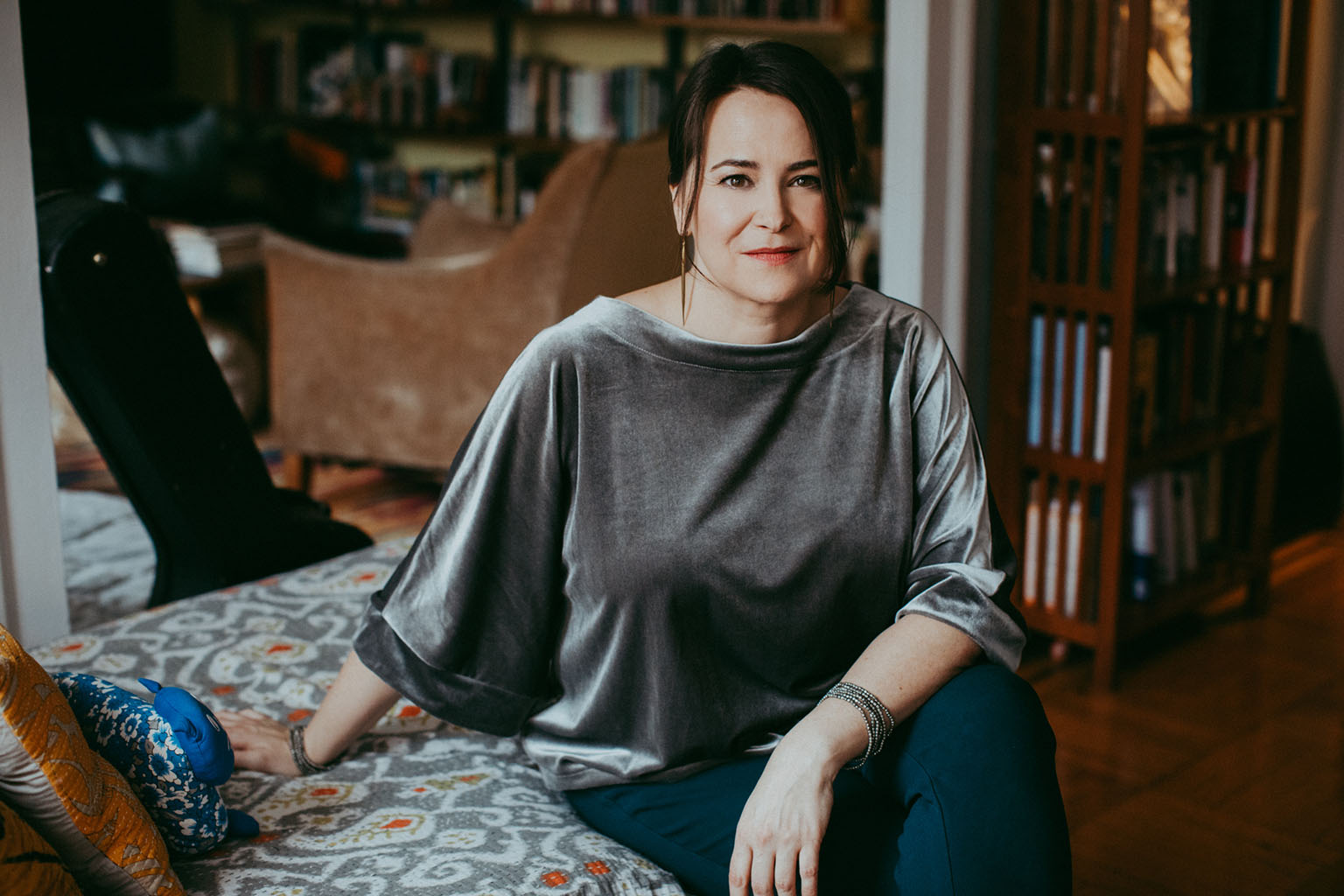Part book review, part impressionistic scribblings on the joys of reading and the struggles of carving out time in which to do it, #ABookishYear is a weekly dispatch from the front lines of an intellectual journey spanning fifty-two tomes.
Maud Martha and Me (And You, Too)
By Roxanne Fequiere
The website said that there was one copy of Maud Martha in stock, but when I arrived at McNally Jackson last Sunday, it turned out that it had been sold. Monitors were consulted; shelves were searched. Suddenly, a new employee appeared behind the desk: “So here’s the deal with Maud Martha,” he began. He explained that there was only one press still producing the title. He could order one for me, but it might take weeks, as he suspected that each order was printed on demand. He said that he’d made it his personal mission to keep this book in stock—it was that good—but it was easier said than done.
Of course, my deadline was immovable, so I gave in to the siren song of Amazon Prime and it arrived on Tuesday afternoon. I now have a system when I acquire a new book: skim the blurbs, check how many pages it has, set a realistic daily reading goal in order to have both the book and the accompanying essay finished by the upcoming Saturday. Maud Martha arrived in the middle of a busy workday, but I remembered how the gentleman at McNally Jackson had lit up when talking about it. I figured I’d take a quick look at the first few pages.
The first of Maud Martha’s thirty-four vignettes opens like a skylight, fresh air and pure, unfiltered light rushing in to swathe the reader in sweetness. I have forced at least three friends to read these lines, just so I could gush over them with someone who had experienced them, too. Naturally, I intend to do the same here:
“What she liked was candy buttons, and books, and painted music (deep blue, or delicate silver) and the west sky, so altering, viewed from the steps of the back porch; and dandelions.”
“She would have liked a lotus, or China asters or the Japanese iris, or meadow lilies—yes, she would have liked meadow lilies, because the very word meadow made her breathe more deeply, and either fling her arms or want to fling her arms, depending on who was by, rapturously up to whatever was watching in the sky. But dandelions were what she chiefly saw. Yellow jewels for everyday, studding the patched green dress of her back yard. She liked their demure prettiness second to their everydayness; for in that latter quality she thought she saw a picture of herself, and it was comforting to find that what was common could also be a flower.
“And could be cherished! To be cherished was the dearest wish of the heart of Maud Martha Brown.”
The text goes on to specify that Maud Martha is seven years old at the time of this description, and I found myself hoping that the story would linger there for a bit. It’s not often that little black girls are given the space—in literature or in life—to rhapsodize about flowers and candy, and already I was reveling in the rarity of Gwendolyn Brooks’ celebratory prose. I imagined young Maud Martha in the style of Vashti Harrison’s gouache-like digital illustrations featured in her book Little Leaders: Bold Women in Black History: sweet, round face, closed eyes and serene smile.
Coincidentally, a tiny Gwendolyn Brooks proxy makes an appearance in Harrison’s book, clutching notebooks and a pencil, and twinkling behind circular tortoiseshell glasses. When I attended a recent event promoting Little Leaders, a conversation between Harrison and recent GAL Alexis Coe, Harrison shared that her style was a deliberate choice, an opportunity to equate black girls with innocence and charm where they typically are not, and her explanation brought me to tears.
Just as Maud Martha is enamored of “everydayness,” Brooks spins gold from the details of everyday life, and I couldn’t help but delight in every finely rendered portrait of Maud Martha, even as she quickly progressed past her childhood years. She struggles to see herself as worthy of affection, especially next to her older sister Helen, whom nearly everyone appears to favor. When she is “sixteen and very erect,” she decides that fame and the creation of art are decidedly not her calling in life. Instead, she will “donate to the world a good Maud Martha. That was the offering…that could not come from any other.” At eighteen, she is enchanted by every mention of New York in magazines and the papers, and emphatic about her right to dream: “Who could safely swear that she would never be able to make her dream come true for herself? Not altogether, then!—but slightly?—in some part?”
By the time that Maud Martha marries and settles into life as a new wife and later, a mother, it’s clear that the vast majority of her dreams will not come to fruition, but she is more prone to reflection than despair at this fact. If her husband disappoints her, there is amusement to be found in the cast of characters that live throughout her building. If her apartment is more cramped and dingy than she’d like, there is still wonder and virtue to be found in the way one chooses to deal with vermin; that is, little lives. Racism and colorism and classism are real and damaging, and yet, “on the whole, she felt, life was more comedy than tragedy.”
Maud Martha Brown Phillips is a black female character that simply exists—neither underfoot nor on a pedestal. Much like her childhood fascination with those ordinary, everyday dandelions, I found myself comforted and overjoyed to slip into her world, commiserating with her quotidian concerns, cherishing the experience of seeing myself in her pensive, self-conscious musings. “Maud Martha was born in 1917,” the book begins, stating one of the many things that she shares with her creator, Gwendolyn Brooks. “She is still alive today.” I suppose in 1953, the year the book was published, that could have been read as a simple biographical detail to orient the reader. Now, rather than thinking of Maud Martha as nearly 101-year-old woman in 2018, I read these lines as a testament to her story's enduring relevance. Through her dreams, her triumphs, her failures—at once beautifully distinctive and reassuringly common—Maud Martha lives on. I, for one, feel lucky to know her.
Roxanne Fequiere is a New York–based writer and editor who might just make it after all.
Featured Books
Follow along with Roxanne's #abookishyear here.
Return to
FEATURED INTERVIEWS








